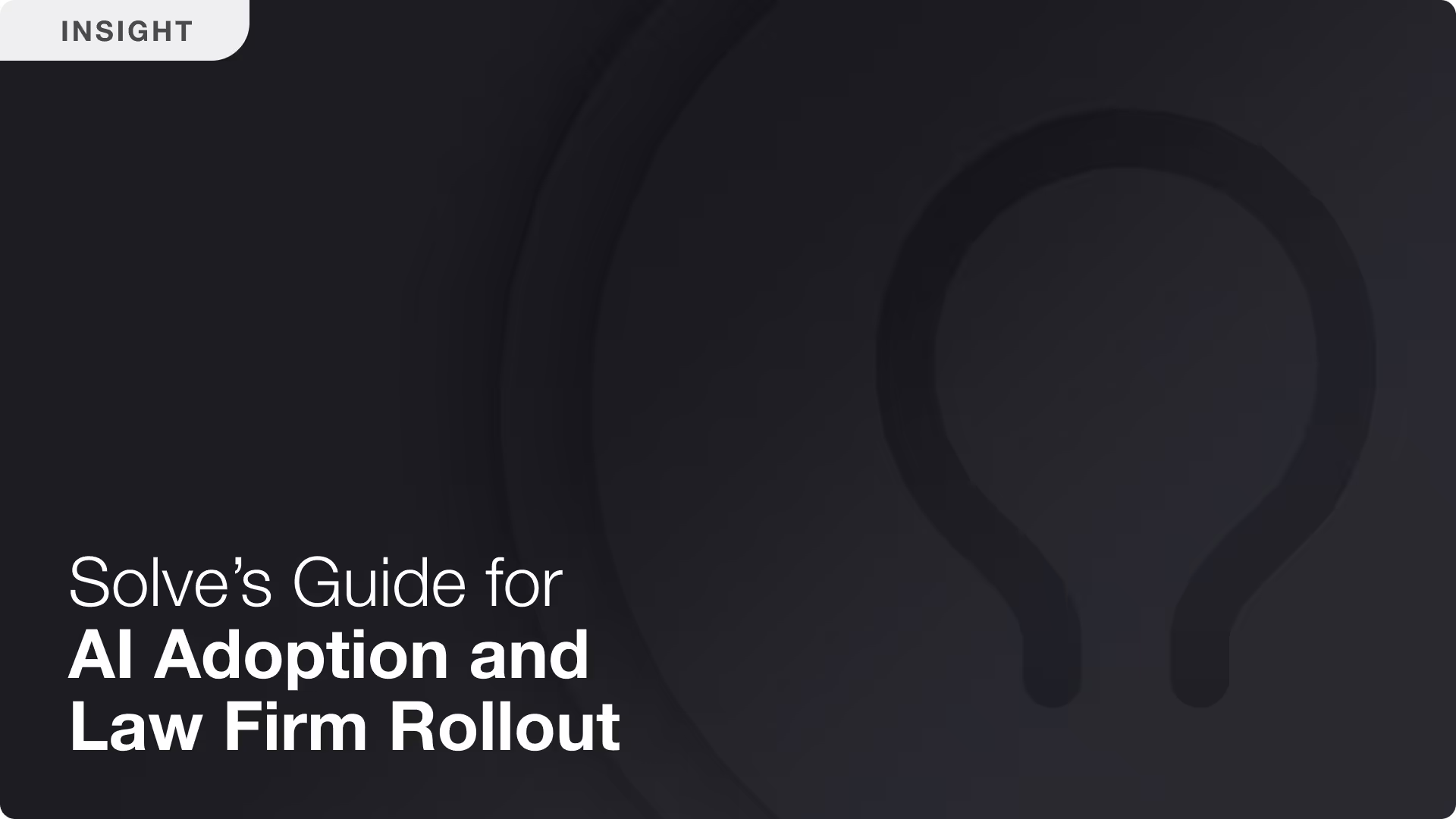Patent Drafting with Custom AI Styles
Solve Intelligence introduces customizable AI style presets in our patent drafting software, ensuring attorneys can infuse their unique style into efficient, high-quality patents while maintaining firm-specific confidentiality.

The intricacies of patent drafting are well-known to IP professionals who navigate the complexities of patent law. The drafting process demands not only precision but also a reflection of the attorney's individual expertise and the client's innovative footprint. Acknowledging this, Solve Intelligence has introduced a nuanced feature within our patent drafting software that allows for deep customization – AI-style presets tailored to the attorney's drafting preferences.
Understanding the Need for Diverse Drafting Approaches
Patent attorneys and IP firms face a unique set of challenges brought forth by varying drafting requirements that span different technology sectors and jurisdictions. Each client’s needs dictate a distinct approach to the language, structure, and strategic presentation within a patent application. Our software has been developed to support these requirements, providing a platform that respects and facilitates the diversity of patent drafting techniques.
Customization at the Core of Patent Drafting
Our tool enables attorneys to configure the AI to align with their specific drafting styles. Through a user-friendly interface, you can establish style presets that cater to different clients or types of patent applications. This functionality is designed to preserve the attorney's unique drafting approach while benefiting from AI efficiency.
Prioritizing Confidentiality and Control
The proprietary nature of the style presets ensures that only the attorney or their firm can access these custom configurations. We've built this feature with a stringent focus on security to maintain the confidentiality that is paramount in the IP industry.
Streamlining Patent Writing without Compromising Quality
Efficiency in patent writing is crucial, and our patent writing software addresses this need without undermining the quality or personalized touch of each document. The AI assists by automating routine elements of drafting, allowing the attorney to focus on the strategic aspects of patent creation. Our goal is to provide a tool that complements the attorney’s expertise, not replace it.
The Technical Edge over Conventional Software
In contrast to conventional options, our platform is designed with the sophisticated needs of IP professionals in mind. The detailed customization contrasts with the broader strokes of generalist tools and offers a more refined and expertly tailored drafting experience.
Conclusion
Patent drafting is a specialized craft that blends legal acumen with an understanding of technological innovation. Solve Intelligence’s document editor with AI customization recognizes the need for a personalized, secure, and efficient approach to patent writing. We’ve tailored our software to enhance the meticulous work of patent attorneys and IP firms, ensuring the AI supports but does not supplant, the skilled human touch that defines quality patent drafting.
AI for patents.
Be 50%+ more productive. Join thousands of legal professionals around the World using Solve’s Patent Copilot™ for drafting, prosecution, invention harvesting, and more.




